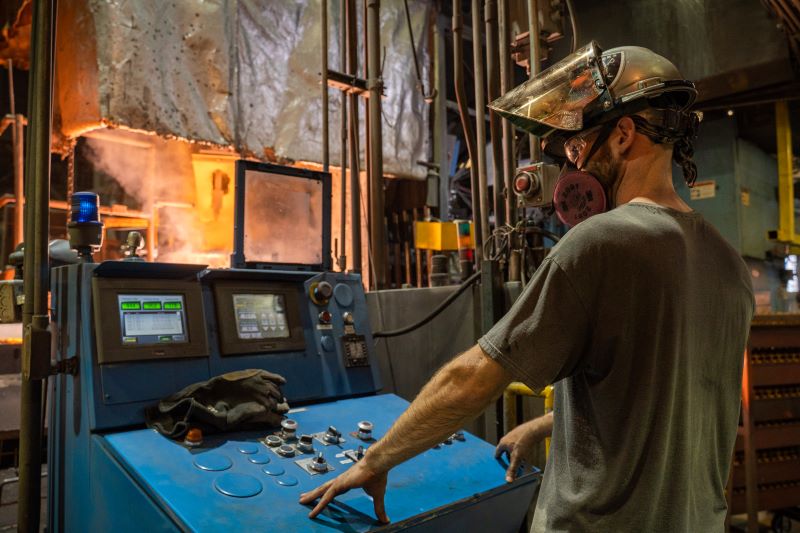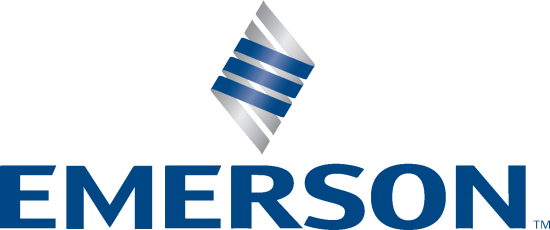Austempering is a specialized heat treatment process used to fortify metals. It amplifies several pre-existing SG iron properties — including the ultimate strength of ductile iron, as well as its abrasion resistance and toughness.
The result of the austempering process is austempered ductile iron (ADI) castings — aka austenitic ductile castings — are often employed in mission-critical, high-demand applications, for parts that must withstand extreme stresses — in particular the construction and mining, agriculture, automotive, heavy truck, and railroad industries. For these applications, the hardness of ductile iron makes all the difference.

OUR ADI casting PARTNER
Exceptional castings produced from austempering start with exceptional spheroidal graphite iron.
Urick Foundry's castings are among the industry's highest in graphite nodularity, a key factor in the composition of ductile iron. Applied Process, a world-class expert in metal heat treatments, recognizes this consistency and is proud to work with us as our exclusive ADI casting partner.
Adi casting PROCESS
Like other heat treatments for metals, austempering begins by heating a ductile iron part to a temperature of between 1550° and 1700° F, which loosens the molecular structure and allows for increased carbon absorption. Where it differs is the salt quench — immersion of the part in a bath of molten salt (between 450° F to 750° F), rather than oil or water. Because the temperature of the salt bath is held constant over a longer period, carbon absorption and structural consistency are improved as the part cools, resulting in a stronger near-net shape product.
Benefits of Adi casting
Lightweight strength
ADI grades are up to three times stronger than aluminum, and up to 2.3 times as stiff. This means more resilient parts can be achieved with less material, trimming weight from the final product.
Near-net shape products
Other heat treatments can leave metals prone to distortion or cracking as some surfaces and interiors cool at different rates. As an isothermal process, ADI casting avoids this pitfall.
Cost-effective solution
Per pound, ductile iron parts produced through ADI casting offer a similar tensile strength to steel with superior yield strength — all in one piece. No additional forging, welding, or fabrication is required!
ASTM A897 / 897M-06 Adi Grades
Urick is capable of providing various ADI grades through a trusted partner, by the latest standards set forth by ASTM International.
| Prior Designation | Grade |
Tensile Strength (MPa/KSI) |
Yield Strength (MPa/KSI) |
Elongation (%) |
Impact Energy (J/Lb-Ft.) |
Typical Hardness BHN |
| 1 | 900-650-09 | 900/130 | 650/90 | 9 | 100/75 | 269-341 |
| 2 | 1050-750-07 | 1050/150 | 750/110 | 7 | 80/60 | 302-375 |
| 3 | 1200-850-04 | 1200/175 | 850/125 | 4 | 60/45 | 341-444 |
| 4 | 1400-1100-02 | 1400/200 | 1100/155 | 2 | 35/25 | 388-477 |
| 5 | 1600-1300-01 | 1600/230 | 1300/185 | 1 | 20/15 | 402-512 |
Adi casting FAQ
Have more questions?
Contact Us


